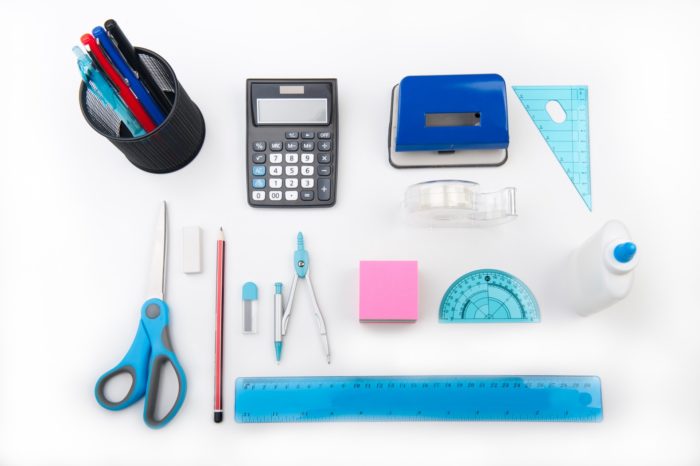Huda, a speech and language therapist, is passionate about the power of using Lego and other games to give pupils with SEN confidence, and in developing pupil skills in turn taking and non-verbal communication. Working in Stony Dean School Huda’s students include 3 groups; those with High Functioning ASD, Motor difficulties/processing difficulties/physical impairment, ADHD and moderate learning difficulties.
Highly familiar and motivating games including Hedbanz, Yes/No, Wink Murder and Uno are routinely used, with a focus on social interaction, including sharing, turn-taking and waiting. Expressive and receptive language are employed, with opportunities for problem solving and prediction.
Lego- Based Therapy is effective for developing team work, verbal communication (focusing on descriptive skills, positional language and positive verbal communication), listening skills and visualising. Peer reviewed evidence (LeGoff, 2004) has shown how Lego-based therapy can improve motivation, social interaction skills and autistic traits of “aloofness and rigidity”.
With Lego-based therapy, pupils are organised into groups of three, with each pupil assuming one of the roles below:
- Engineer – has instructions
- Supplier – in charge of bricks (perhaps best for most anxious child)
- Builder – most popular – builds the model following instructions from the engineer.
Student Profiles
Group 1: Majority ADHD, all have a diagnosis of learning disabilities. Some have a diagnosis of ASD, and some also have sensory difficulties.
Group 2: All have diagnosis of moderate learning disability or ASD as well as additional needs including motor difficulties, processing difficulties, and physical impairments
Description of learning prior to the project start
All were used to developing aspects of language through the use of games e.g. asking question in Hedbanz, categorisation games in ‘pass the bomb’ etc. All pupils had pre-teaching at the start of every session on key language used e.g. descriptive and positional language.
Obstacles
- Lego had not yet been a tool used in pupil teaching over their 2 years in Stony Dean and some pupils in Group 2 had never played/used Lego at home.
Description of students during the project
Group 1:
- Social development – all began to support each other, but were choosing favourite pupils to work with.
- Language development– increased confidence in using the terminology and were beginning to use “own language” e.g. coming up with new vocabulary and beginning to rely less heavily on the visuals that had been in place.
Group 2:
- Social development– struggled with the ‘mechanics’ of the building as many had not used Lego before, but within this they began to pick out their strengths and support peer ‘weaknesses’
- Language development– developed confidence in using the language and began to increase their sentence structure with visual in place
Learning Outcomes
Other skills that pupils completing Lego-based therapy have developed include (all within the therapy lesson):
- increased verbal and written language – in relation to task
- increased self esteem
- tolerating of peers
- emerging compromise skills
- turn taking
- more positive language used in groups
Group 1:
- Social development– All were choosing their own groups and no –one was being left out. Tolerance of each other had increased and they were all waiting for each other.
- Language development– All conversational language within the building had improved and included more descriptive and clear instructions as well as supportive language. Some were beginning to ask questions to peers in order to gain more information.
- Increased self-esteem and confidence
- Increase in more detailed descriptions
- Increase in waiting time– the pupils became more resilient to waiting for their peers and became more supportive with peers.
Group 2:
- Social development– Asking each other more questions and working more cohesively than at the start, however not as noticeable an improvement in comparison to the other group.
- Language Development – huge increase in their confidence in using the language more independently and extending sentences e.g. most increased their sentences length from 1 key word “the bluepiece” to at least 3 key words without the use of additional visuals e.g. “the blue, 2 dot, flat piece” Like the other group they also began asking for clarifications in more socially appropriate ways and using clearer language whilst doing that.
- wanted to engage in playing with Lego and on the final week 5 out of 8 pupils asked to take a bigger model back to class to complete
Revisit with Group 2, 8 months later:
- Pupils were able to recall vocabulary and had a wider range of vocabulary than previous year
- Pupils showed some emerging higher level social skills – negotiating, compromise, ask for clarifications, predict next steps, managing group roles with independence, working with peers they would not usually work with/struggled to get along with
- Developed language skills – supporting each other with vocabulary e.g. when asking for clarification asking “is it the steppedone or the sloped one?”
Student Feedback – 8 months later
The group asked to create booklets to support younger classes, and to show their vocabulary in writing as well as their verbal vocabulary.
Resources Used
- Lego
- Lego instruction packs
- Word mats – commonly used words were all on a mat to support pupil recall of language
- Colourful semantics – simply used to word web as a starter task


